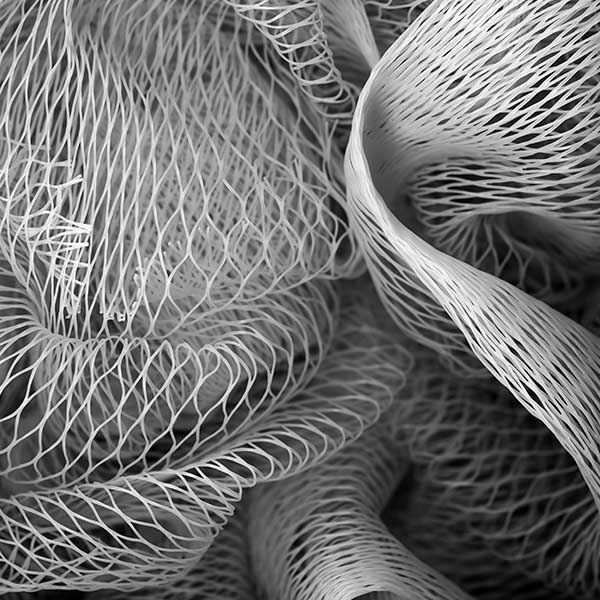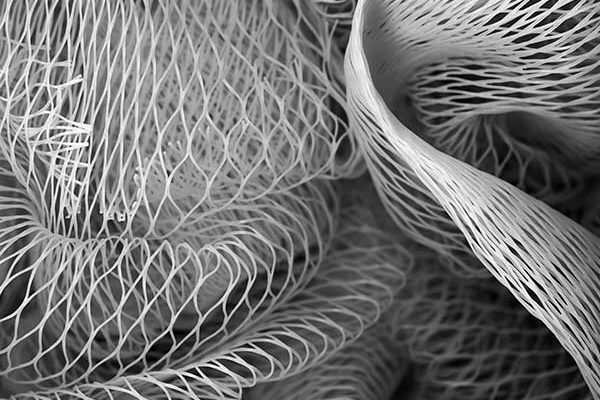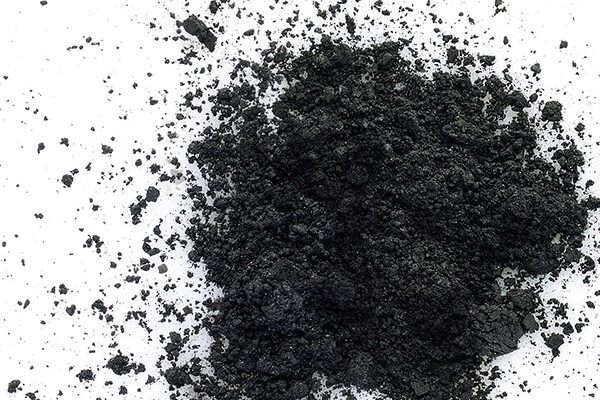A novel method to fabricate porous metal mats with high porosity, variable/controllable thicknesses, high surface area and good mechanical strength
Proposed use
A novel method to fabricate porous metal mats with high porosity, variable/controllable thicknesses, high surface area and good mechanical strength. They can act as a substrate for electrochemical reactions or catalysis. Potential fields of use include for instance: energy (electrode manufacture for energy devices such as lithium-ion batteries, electrolysers and fuel cells) and catalysis (manufacturing industrial catalyst and catalyst support).
Problem addressed
Conventional methods of producing porous metals (metal foam) are only able to produce <500 cm-1 specific surface area (SSA) material. This is insufficient for application in fields such as catalysis, lithium-ion batteries, fuel cells and electrolysers; in which performance is proportional to the SSA. Finding a mechanically strong and high-SSA porous metal substrate has been a key challenge in the further development of these fields.
Technology overview
This method uses electrospinning to fabricate the metal mats. Electrospinning provides a simple and versatile way for generating nanofiber-based free-standing films from a rich variety of materials. The prepared metal mats have adjustable pore size (0.1~5 µm), high porosity (80-90 vol%), high specific surface area(>10000 cm-1), and controllable thickness (0.05 -10 mm).
The raw materials used in the fabrication method are inexpensive and easily accessible. Additionally, the method can be easily scaled up, as all needed equipment is commercially available.
Benefits
- Can be used as electrodes of batteries, fuel cells and electrolysers
- Can be used as catalysis or catalysis support
- High specific surface area (> 500 cm-1)
- Controllable Thickness (0.05 to 10 mm)
- Strong mechanical properties
- Variable Metal compounds (e.g. nickel, copper, iron, zinc and aluminium)
- The manufacture method can be easily scaled-up
- Cheap and easy-accessible raw materials
- Compatible with existing equipment
Intellectual property information
GB Priority Application (Number: 2210835.1)





